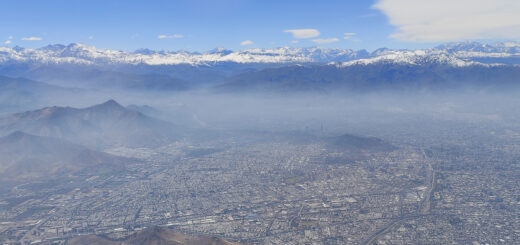Fungal endophytes trigger photoprotective mechanisms in plants

Nice paper from the groups of Patricio Ramos and Marco M. Molina-Montenegro consolidating our recently funded research network. I hope the global Covid-19 crisis will soon be over to pick up the work. ![]()
![]()
![]()
![]()
![]()
Ramos, P. et al. 2020 Frontiers in Ecology and Evolution
Antarctic plants have developed mechanisms to deal with one or more adverse factors which allow them to successfully survive extreme environments. Certain effective mechanisms to face adverse environmental factors can arise through the establishment of functional symbiosis with endophytic foliar fungi. In this work, we explored the role of foliar endophytes on host plant performance under high level of UV-B radiation. To unveil the underlying mechanisms, we identified and characterized the expression of genes associated to UV-B photoreception, accumulation of key flavonoids, and response to physiological stress in plants Colobanthus quitensis, grown with (E+) and without (E-) endophytes. The deduced proteins of CqUVR8, CqHY5 and CqFLS share the characteristic domains and display high degrees of similarity with other described corresponding proteins from plants. Physiological analysis showed that E+ plants display lower lipid peroxidation and higher Fv/Fm ratios under high UV-B radiation. In addition, compared to E-, E+ plants showed lower CqUVR8, CqHY5 and CqFLS transcript levels. On the other hand, the content of the flavonoid quercetin in plant leaves exposed to high UV-B was almost 8-fold higher in E- than in E+ plants 48 h after treatment; however, this pattern was reverted one week later. The results suggests that Antarctic endophytic fungi minimize cell damage, boost physiological performance, and positively influence plant tolerance to UV-B radiation. We propose that fungal endophytes could be an effective biological partnership for Antarctic plants to cope with high UV-B radiation.

